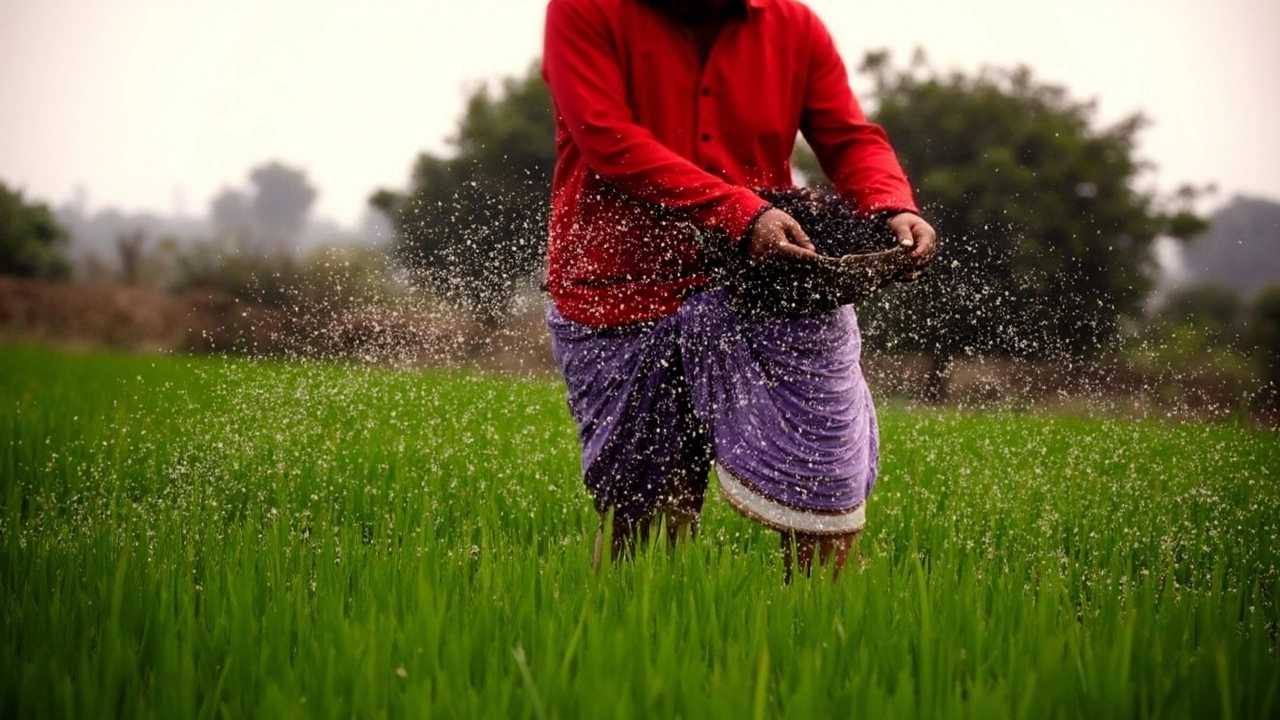Aadhaar‑Bank Link: Quick Guide, Benefits, and Common Issues
If you’ve ever wondered why the government keeps pushing the Aadhaar‑bank link, you’re not alone. It’s not just another bureaucratic fad – it’s the backbone of many financial services in India today. From getting your subsidies on time to opening a new savings account without paperwork, a proper link makes life a lot smoother.
Why linking Aadhaar to your bank matters
First off, the link acts as a single, trusted identity proof. When your Aadhaar is tied to your bank account, the bank can verify you instantly, cutting down fraud and eliminating the need for multiple KYC documents. This means faster direct credit of government schemes, quicker loan approvals, and even easier access to digital wallets.
Second, the government uses the link to stop duplicate or fake beneficiaries. If you receive a subsidy, the money goes straight to the account that matches your Aadhaar, leaving no room for middlemen. That’s why you’ll see headlines about subsidy delays – they’re often caused by a missing Aadhaar‑bank link.
Step‑by‑step: How to link Aadhaar to your bank account
Don’t worry, you can do it in under ten minutes. Here’s the simplest method:
- Visit your bank’s nearest branch – bring a photocopy of your Aadhaar card and a valid address proof.
- Ask the teller for the Aadhaar linking form. Most banks now have a digital kiosk where you can fill it online, but a paper form works too.
- Enter your Aadhaar number and account details. Double‑check the digits; a typo can cause a rejection.
- Submit biometric verification – you’ll be asked for a fingerprint or an iris scan. The process is quick and secure.
- Get a confirmation receipt. It usually shows a reference number and an estimated time for the link to become active (often within 24 hours).
Alternatively, you can link online through your bank’s mobile app or internet banking portal. Look for a section titled “Aadhaar Services” or “Link Aadhaar”. You’ll need to upload a clear scan of your Aadhaar and complete an OTP verification.
Once linked, you’ll receive an SMS confirming the successful connection. Keep that message – it’s proof if you ever need to dispute a transaction.
Common hiccups and how to fix them
Mismatch of name or DOB: The bank’s records must match the Aadhaar exactly. If you recently changed your name or corrected a date of birth, update your Aadhaar first at the UIDAI portal, then try linking again.
Biometric failure: Sometimes fingerprints don’t read due to dry skin or a minor injury. A quick wash and a fresh scan usually do the trick. If the problem persists, visit the branch for a manual verification.
Link not updating: Give the system 24‑48 hours. If you still see “Not Linked” in your account, call the bank’s helpline with your reference number – they can manually push the update.
Lastly, remember that you can only link one Aadhaar to a single bank account. Trying to link multiple Aadhaar numbers to the same account will cause a rejection.
Linking Aadhaar to your bank is a one‑time step that pays off every time you receive a subsidy, apply for a loan, or simply want a hassle‑free KYC. Follow the steps above, keep an eye on the confirmation, and you’ll be set.
Got more questions? Drop a comment or reach out to your bank’s customer care. The sooner you link, the sooner you’ll enjoy smoother financial transactions.

Farmers must link Aadhaar to their bank accounts and complete e-KYC updates to receive the PM Kisan 20th installment in June 2025, or risk missing out on the ₹2,000 payout. The 19th installment already reached over 9.8 crore beneficiaries. These steps are vital for ensuring smooth payment under this key support scheme.
